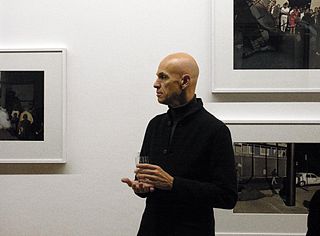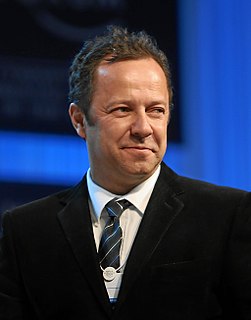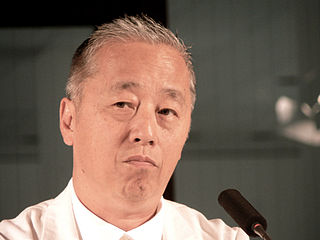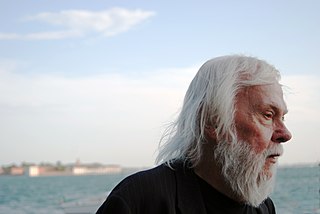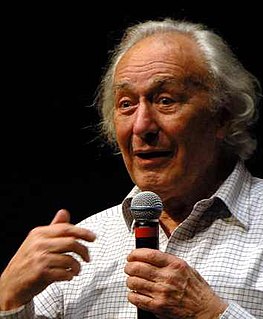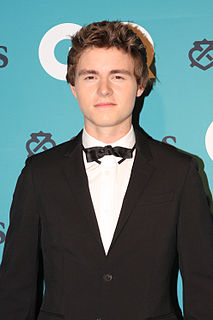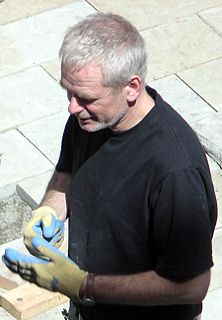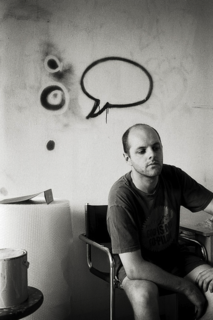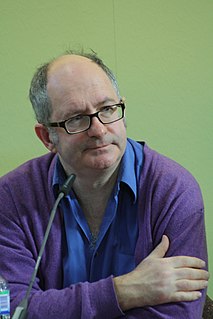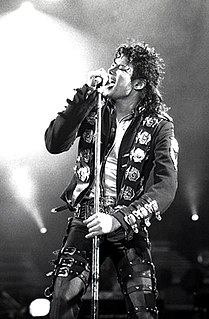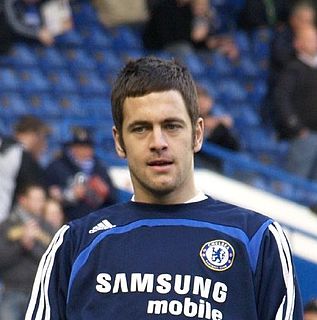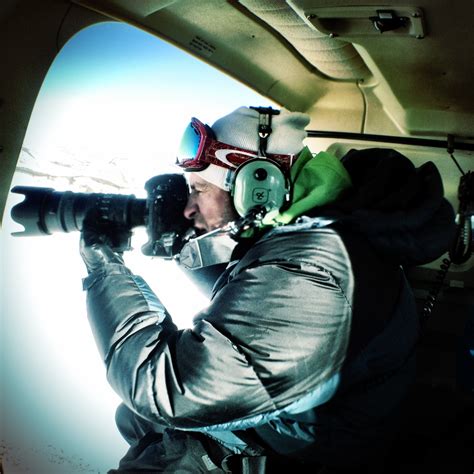A Quote by Jack Welpott
In my view, photography and painting really share one history. The influences that work on one, work on the other.
Quote Topics
Related Quotes
I was always interested in drawing and painting. I enrolled in college to study painting. But I didn't have any livelihood when I graduated. My mother died very young, and I didn't have any home, so I had to find a way to earn a living. It seemed to me that photography - to the great disappointment, I have to say, of my painting teacher - could offer that. So I went and did a degree in photography, and then after that I could go out and get paid for work. For portraits, things like that.
I never had any intention nor interest in being an artist, but when I made work I realized that this was my language. What I had to say needed to be said in this way. I always loved taking photographs - but never considered myself a photographer. I have tremendous respect for photographers. I do use a camera and a photo as a basis for a lot of my work, but I use it as a means to attain an image to work from. The actual photography in my work is a monochromatic photograph. I'll photograph something and extract a color that will then be the background for a painting.
It's the first time in the history of the world that creatives are also distributors. And that's very profound if you think that up until the recent history, permission was required for us to be able to share work at any sort of scale. We had to get permission from galleries, from ad agencies or photo editors to be able to have our work out there. And now anybody with access to a computer can show their work in 200 countries around the world.

